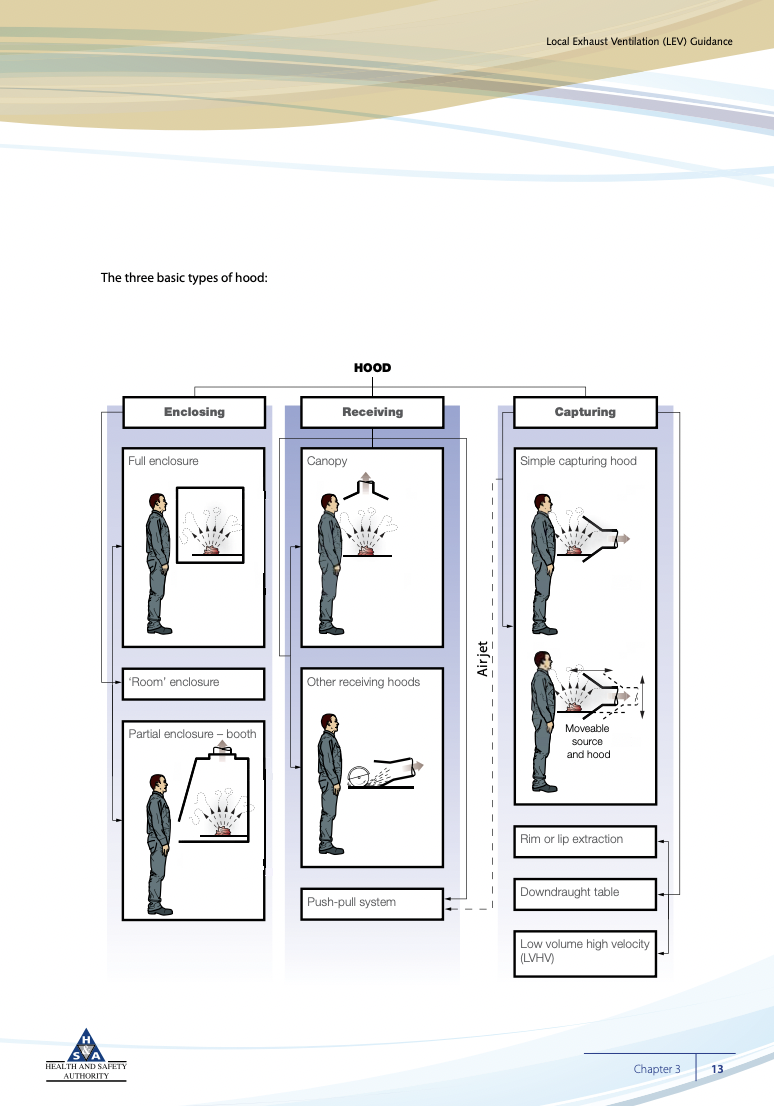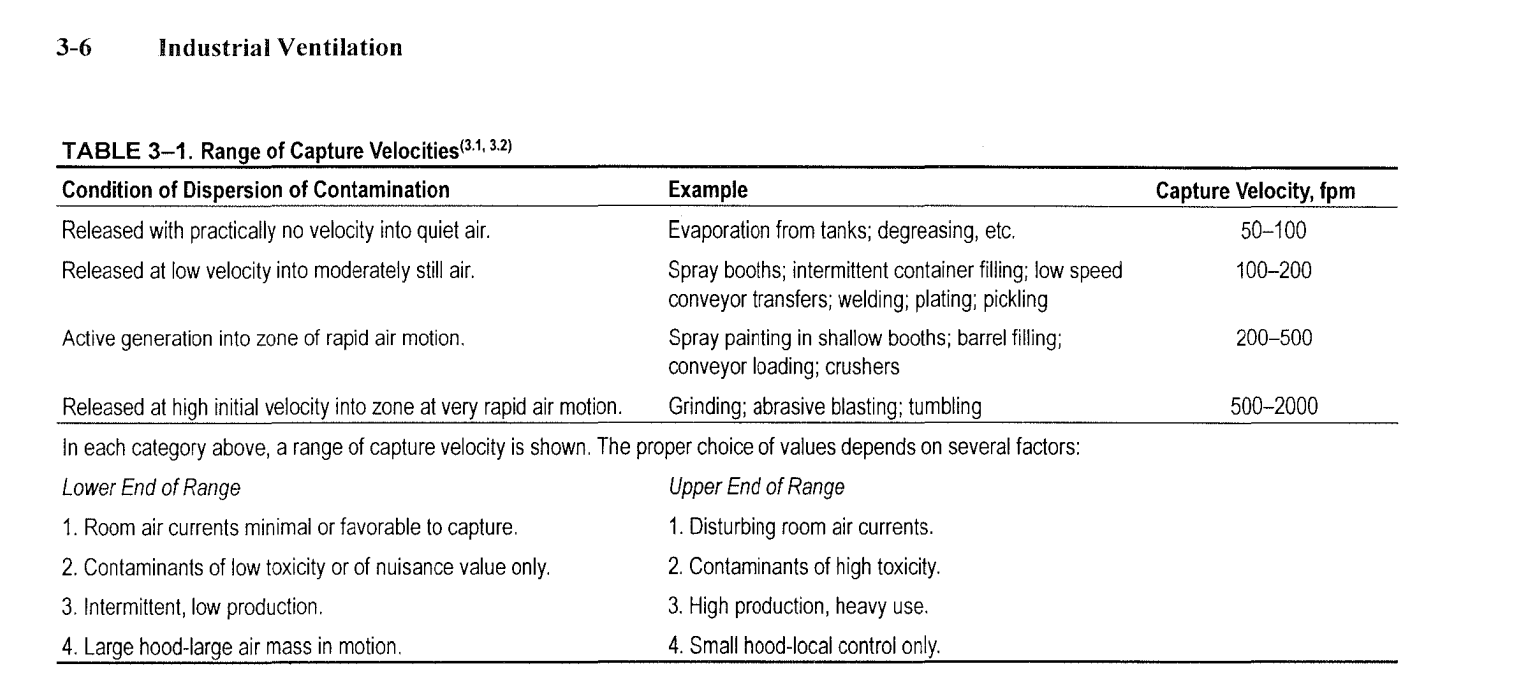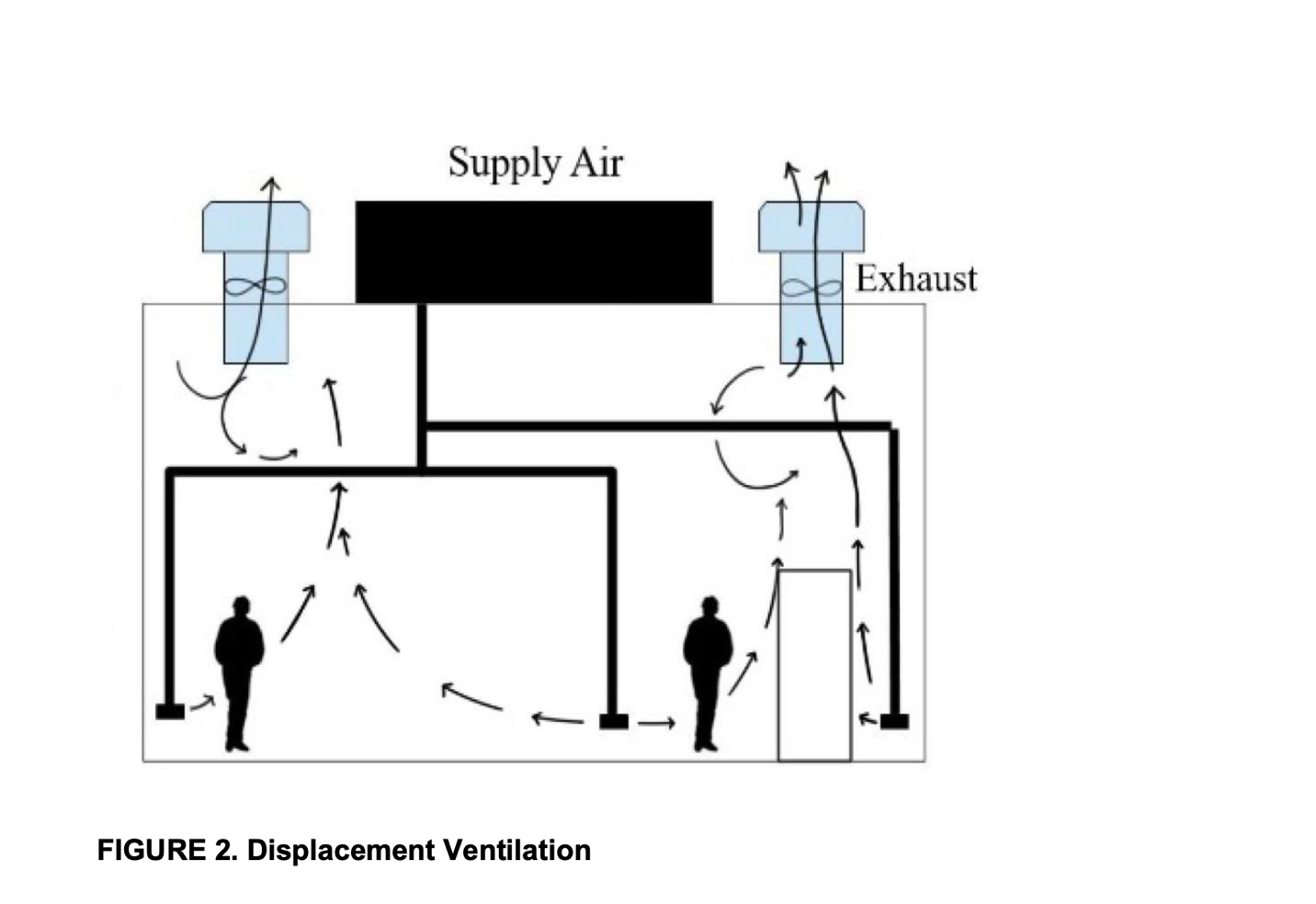In some workplaces, there is a hazard from airborne contaminants. Some activities and some materials are prone to be dispersed into the workplace and into the breathing zone of workers.
In analyzing the nature of the problem, and later the solution, it is important to investigate 2 properties of potential contaminants.
First is the state of matter or the state in which the substance is dispersed.
Aside from the 3 main states of matter, Solid, Liquid, and Gas, the analysis of airborne contaminants can be further broken down into the following states:
- Vapors, are the gaseous phase of substances that are normally in liquid form.
- Mist, liquid small and light enough in a suspended state
- Fumes, are minute solid particles suspended in the air. This is usually produced by the condensation of substances in the solid state. Usually, a product of a process that involves a lot of heat like soldering and welding.
- Dust, light solid particles that can be suspended in the air
The second is toxicity.
The more toxic the contaminant the smaller is the allowable concentration in the air.
For Example, as per the recommendation of OSH Standards - Benzene a known carcinogen that can cause leukemia has an allowable time-weighted average (TWA) of 0.5 Parts per Million (PPM)
as compared to Methanol wherein chronic exposure can lead to headache, dizziness, and nausea, a less-lethal substance has a TWA of 200 PPM.
Having an idea of these properties helps in the identification of the potential presence of the hazard in the workplace and the controls that may be applicable.
Following the hierarchy of controls, it is still ideal for the workplace to remove the potential contaminant or find a less hazardous replacement.
However, for instances where this is not possible.
One solution to consider is the ventilation of the workplace, one of the engineering solutions. Ventilation, as was defined by the Occupational Safety and Health Standards (OSHS) is the control of the workplace atmosphere through the use of airflow.
There are 2 main categories of ventilation, General Ventilation, and Local Ventilation, and they work hand-in-hand to ensure that exposures are within
First, General Ventilation or Dilution Ventilation
This ventilation type aims to as the name suggests, is to dilute, or reduce the concentration of the potentially harmful contaminant in the workplace. Dilution ventilation usually consists of 2 components, an exhaust fan to pull out the air with contaminants from the workplace and a supply fan to replace the removed air with fresh air. General Ventilation is also used to help control heat in the workplace.
Second, Local Exhaust Ventilation
Local Ventilation aims to prevent the contaminant from reaching the breathing zone in the first place. There are different forms of local exhaust ventilation, with varying applications depending on the type of work and materials being worked on.

To evaluate the effectiveness of Local Ventilation an anemometer can be used to measure the velocity of the wind movement generated by the LEV at specific areas depending on the work, and then compared to the following standard:

The heavier, the faster the dispersion, and the more toxic the substance, the higher is the capture velocity needed to control the substance.
Special Considerations for COVID
Based on a paper published last August 2020 by the American Conference of Governmental Industrial Hygienist (ACGIH), they recommend the use of Dilution Ventilation to significantly reduce the spread of COVID in the workplace WITH A SPECIAL CONSIDERATION for the Airflow Pattern. They recommend that the fresh air will be:

Reference:
- White Paper on Ventilation for Industrial Settings during the COVID-19 Pandemic by ACGIH, August 2020
- ACGIH, Manual of Recommended Practices
Image source: Offices with ventilation. (n.d.). [Photograph]. Adobe Stock Photos. https://stock.adobe.com/ph/


